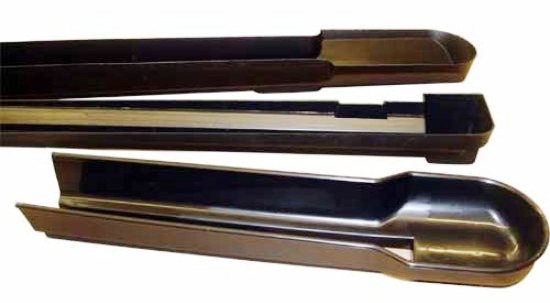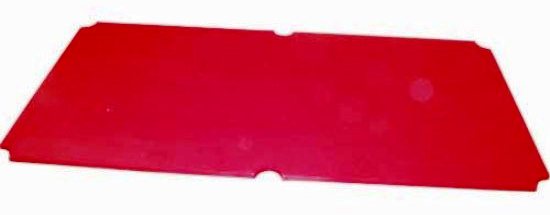| Tags | show all posts |
Coin Operated Pool Tables Production
Manufacturing Coin-Operated Pool Tables
Coin-operated Pool Tables—Many people think that making pool tables for pubs is simple. You just make a frame to support the slate, put a cash box inside to collect the money, and off you go. As manufacturing plant owners for over 20 years, we understand the reality is very different.
Our journey in manufacturing coin-operated pool tables was undoubtedly a learning process.

Coin Operated Pool Tables
For instance, in our early stages, we tested the ball returns by running the balls down the runways one at a time, ensuring they passed through the system into the drawer.
This worked fine, as there was nothing to get in the way of a single ball.
However, this was a mistake, as the correct test is to put several balls down together because inside the table, they collide, and all the energy is taken out of their run. In some cases, balls can even stop. The slope of the runways is then crucial to restart the ball and take it on its journey to the ball drawer

pool ball runways
You will notice that coin tables have much deeper bodies than domestic tables. That is because you need the depth for the balls to run down quickly and also so that coins can be stored safely and reliably inside the table.
It's fascinating to note that in the early days of pool tables, coins were stored in cash boxes that sat on the base of tables. However, it was soon realised that coins would stack like a pyramid and eventually sit under the mechanism, blocking new coins from being inserted and resulting in a service call. This realisation led to the evolution of the deeper-bodied table, allowing the coins to fall more to prevent stacking.

Pool table cash box
Have you ever wondered how the object balls stay in the table when they are potted, yet the cue ball returns every time until the last ball has been potted? It's simple, really, but it took years to devise a system that required no moving parts.
The cue ball is just an eighth of an inch smaller than the object balls, drops through a trap door, and returns while the larger object balls roll over the trap door and into the drawer. Simple when you know the answer.
Levelling the slate demands precision. The seemingly inflexible lump of slate is surprisingly flexible, moulding itself to the slate supports. This underscores the need for the supports to be perfectly level and to support the slate evenly, ensuring a level playing surface.
Once the slate has settled on the frame, the final level can be achieved by tweaking the feet on the ends of the legs.

Pool Table Slate
Finally, coin-operated pool tables in pubs have to be safe, robust, and tough enough to withstand constant play.
That is why only the best laminate, slate, cloth, and rubber are used in commercial situations. Now, as a bonus, most manufacturers use the same materials in their domestic pool tables, which means when you buy a slate bed domestic table, you are virtually replicating the build and playing qualities of a coin table.
We hope this gives you a flavour of some of the processes involved in producing coin-operated pool tables. It is more challenging than it looks, and any slight error can result in huge problems and a loss of revenue for pubs and clubs.

Pool Tables Online

